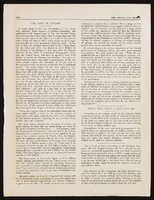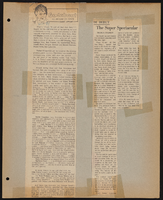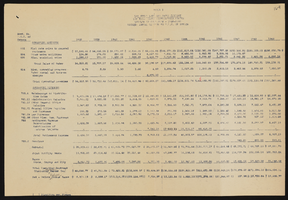Search the Special Collections and Archives Portal
Search Results

Alex de Castroverde oral history interview: transcript
Date
Archival Collection
Description
Oral history interview with Alex de Castroverde conducted by Monserrath Hernandez on April 17, 2019 for the Latinx Voices of Southern Nevada Oral History Project. In this interview, De Castroverde discusses his family's background and his parent's emigration story from Cuba to the United States. He talks about growing up in Reno, Nevada, his father becoming a lawyer, and attending the University of Nevada, Reno. De Castroverde remembers the establishment of De Castroverde Law Group, the significance his father had on the Hispanic community in Las Vegas, Nevada, and taking over operations of the law firm with his brother. Lastly, De Castroverde talks about his involvement with Cristo Rey St. Viator College Preparatory High School, the Guinn Center, and the Las Vegas Business Academy.
Text
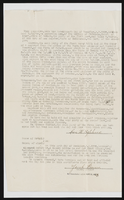
Land transaction
Date
Archival Collection
Description
Text
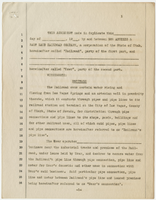
Blank contract between the Los Angeles & Salt Lake Railroad and industrial users, June 1922
Date
Archival Collection
Description
Blank contract between the Los Angeles & Salt Lake Railroad and industrial users
Text
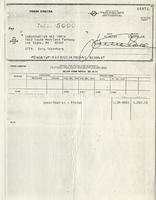
Correspondence regarding Frank Sinatra's pledge for the construction of Congregation Ner Tamid's temple, 1983-1987
Date
Archival Collection
Description
Correspondence and copies of bank checks fulfilling Frank Sinatra's pledge to the building fund of Congregation Ner Tamid in the 1980s.
Text
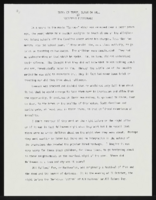
"Trick or Treat, Slave or Free": article draft by Roosevelt Fitzgerald
Date
Archival Collection
Description
From the Roosevelt Fitzgerald Professional Papers (MS-01082) -- Drafts for the Las Vegas Sentinel Voice file. On Halloween and Nevada Day.
Text
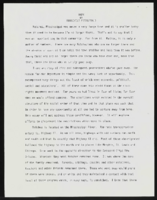
"Hark": article draft by Roosevelt Fitzgerald
Date
Archival Collection
Description
From the Roosevelt Fitzgerald Professional Papers (MS-01082) -- Drafts for the Las Vegas Sentinel Voice file. The author's memories of Natchez, Mississippi Christmas decades past.
Text

